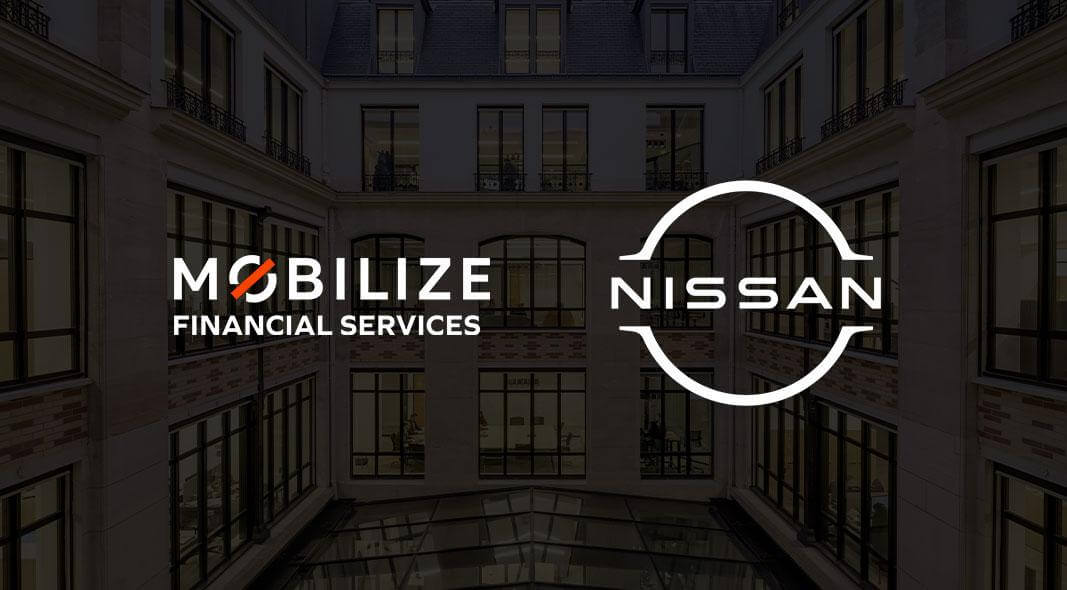On first look, implementing agile working methods does not appear to pose the same challenges to the three companies. For Evaneos, founded in 2009, the idea is to remain agile while growing in size. Air France KLM and RCI Bank and Services, meanwhile, are seeking to reinvent established working methods. But what do their experiences have in common? Here are five lessons to be learned from the experiences of these three businesses.
#1 Step up innovation and think about customers
Agile working methods respond to a number of expectations, including breaking down walls between business lines, increasing collaborative efforts, reinventing the customer-supplier relationship, adapting as quickly as possible to customer requirements, and reducing time to market.
Claire Charbit, Vice President IMO, Commercial, Marketing, Digital at Air France KLM and responsible for the air transport group’s agile transformation, says that “the approach has spread because it meets a need on the part of customers and employees.” For example, at RCI Bank and Services, the internal program to develop a culture of innovation, SPARK, has served to bring together business lines which rarely had anything to do with each other before and produce useful projects for customers.
At large businesses, making the transition to agility is a clear necessity. At Evaneos, a “scale-up”[1], the transition addresses “the necessity of maintaining the responsibility levels of employees and the ability to call ourselves into question so as not to be disrupted,” says Claire Degueil, Chief People Officer at the company, a digital platform that initiates relationships between travelers and local agencies worldwide.
#2 Progress through iterations then dissemination
Each of the three companies has committed to the agile approach gradually. Air France KLM started out with mobile apps while RCI Bank and Services got the ball rolling with ideation contests, learning expeditions and innovation programs such as SPARK. They began the process with business lines whose projects are more in line with agile methods – tech for Evaneos and information systems and innovation for Air France KLM – before disseminating them to other business lines. “At Air France KLM, we created examples before disseminating them little by little,” says Claire Charbit.
This approach has produced results, with over 3,000 Air France KLM employees having worked as part of agile product teams since the group launched its transformation program in November 2016. This iterative approach works because it relies on two complementary approaches, says Hélène Tavier, VP Human Resources and Communications at RCI Bank and Services: “You have to involve people to see agile methods at work and their results, and at the same time acculturate each individual so that they understand and buy in to the mindset.” According to Claire Charbit, sharing best practices and successes gives other teams the desire to get involved. Air France KLM observed that its agile teams were the best ambassadors of the approach, with a promoter score of 95% [2].
Hélène Tavier adds, “The key to this approach is first to do things quickly and well on what matters for our customers and then to analyze from our experience feedbacks to make iterations so as to progress.”
#3 Agility concerns everyone at the company
What drives the agile transformation? Top management? Employees? The youngest staff members? The participants of the HR Crunch stressed that agility concerns everyone.
Claire Charbit said that “it is almost a human expectation because it responds to the expectations of all generations.” Employees even serve to guarantee agility, according to Claire Degueil: “It is in Evaneos’ DNA to work in agile mode, so our teams are a sort of natural safety net, protecting us against any attempts to impose too much supervision or reduce responsibilities.” Yet top management plays an undeniable role, as Hélène Tavier explains: “Introducing an agile approach across the board necessarily involves top management.” In short, agility is everyone’s business.
#4 Agility needs to be organized
Contrary to what we might think, agility requires rituals and discipline. In practice, this means organizing regular meetings such as “daily stand ups”, defining clear roles in teams, respecting stages, and establishing schedules and deadlines. With teleworking, teams need to adapt, make more effort and firmly commit to meeting up regularly.
Agility requires investment, and to ensure staff motivation it needs to be visible. According to Claire Charbit, this is achieved “by changing the layout of the workplace, which helps to embody new ways of working, outside of closed offices.” “Seeing your neighboring team hold its stand-up meeting and update its business activity wall chart encourages others to keep their own team on track,” says Claire Degueil. The importance of this kind of investment is confirmed by Hélène Tavier: “It’s important to have a physical space and organization system that corresponds to your working methods.”
In addition to office layouts, transforming working methods also involves “taking the time to think about all the corresponding HR methods,” says Hélène Tavier. Agile methods also pose questions regarding the role of the manager, whose main purpose is to give his or her teams the resources they need to accomplish their tasks.
Support is essential to successful agility. Air France KLM, Evaneos and RCI Bank and Services may have started out alone, but they quickly felt the need for support. Evaneos relied on a peer-to-peer system, by learning with another team, while Air France KLM and RCI Bank and Services are seeking to build their own communities of agile coaches in-house.
#5 Agility impacts remain hard to measure
Claire Charbit, Claire Degueil and Hélène Tavier all agree that the impacts of agile methods are observed directly, be it in the completion of projects or in staff commitment and motivation. Evaneos measures employee commitment every week with a survey, which helps it to monitor the mindset of its workforce in real time. At RCI Bank and Services, Hélène Tavier says that the agile initiatives implemented have already had an effect on the mindset of the teams and have raised their awareness of the right to make mistakes.
But estimating the financial return on investment of agile methods is a tough task. As Claire Charbit says, “Measuring the processes is easy enough, but I still don’t know how to measure all of their impacts in euros.” According to Hélène Tavier, “By helping us to complete projects faster, agile methods should generate savings on overheads and IT development [...] If measurements show that the agile method is not the most relevant approach, then we will envision other methods.” And Claire Charbit adds, “We probably won’t be talking about ‘agility’ in ten years’ time. The important thing is to remain a learning company.“
[1] A scale-up is a fast-growing start-up.
[2] Promoter score, or employee net promoter score: the equivalent at companies of the net promoter score of customers, corresponding to the recommendations made by employees about their company.



